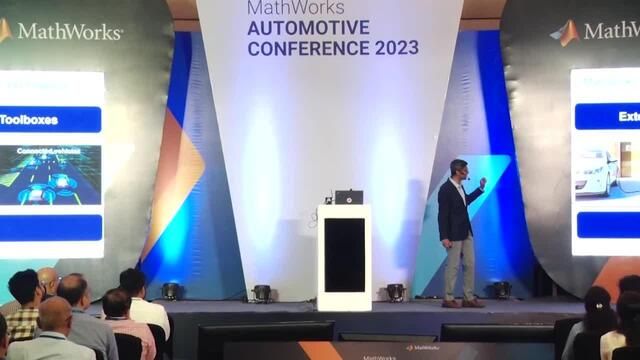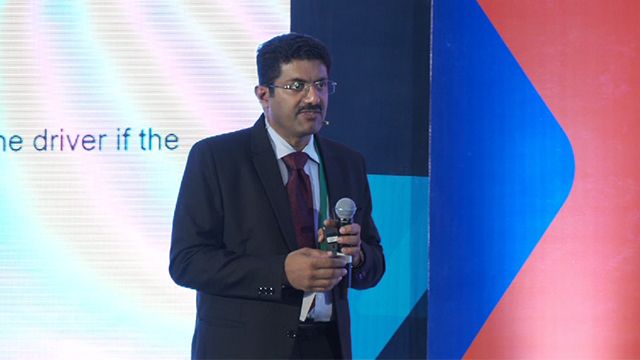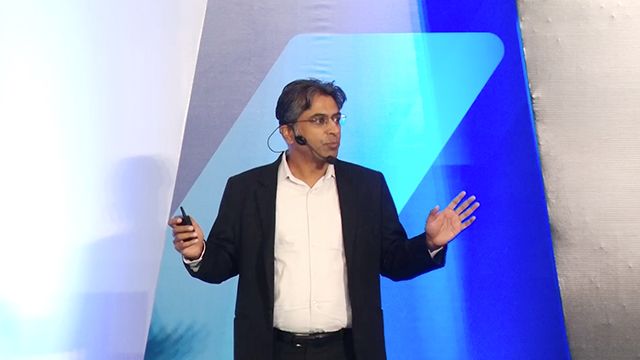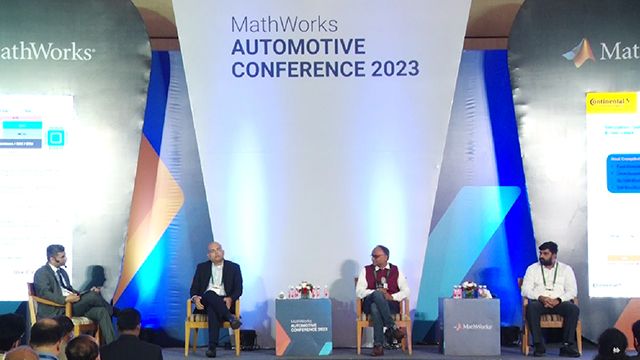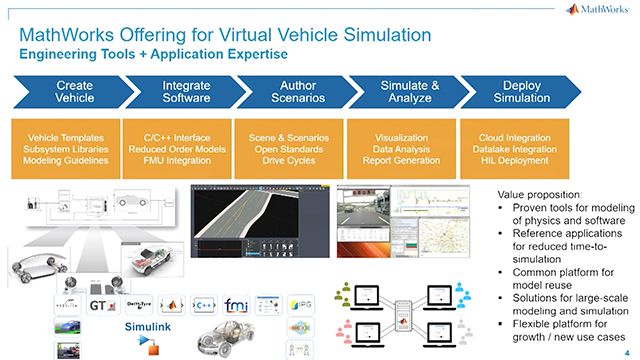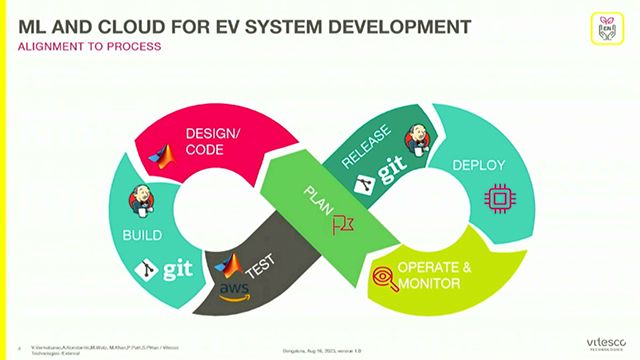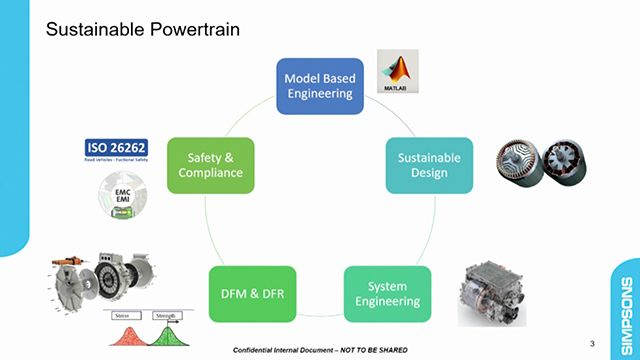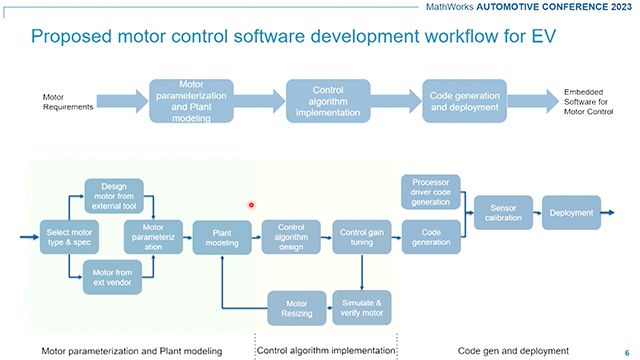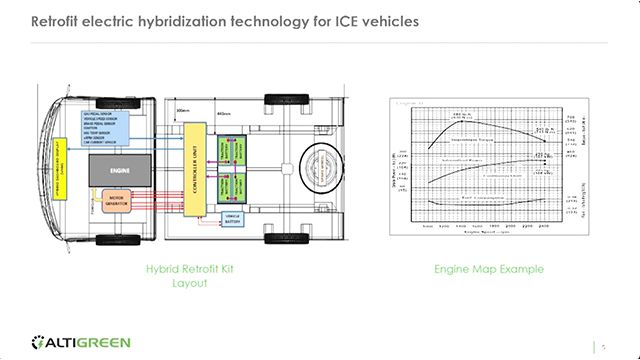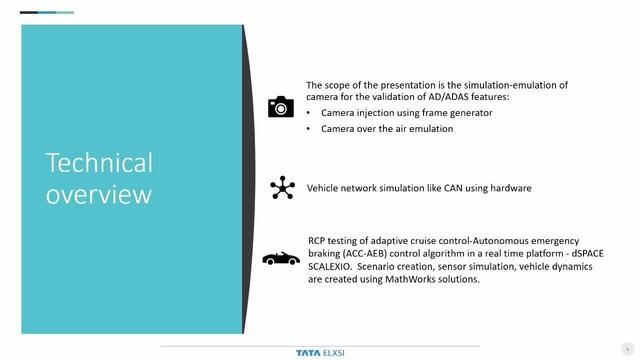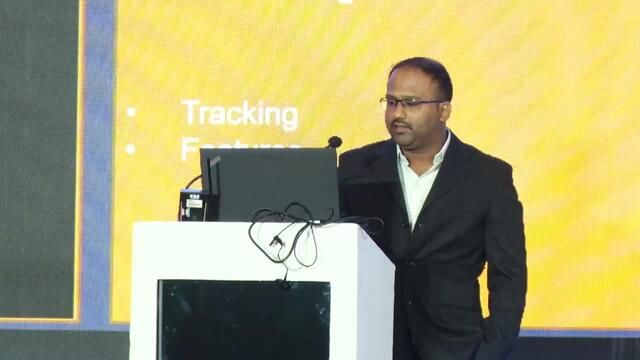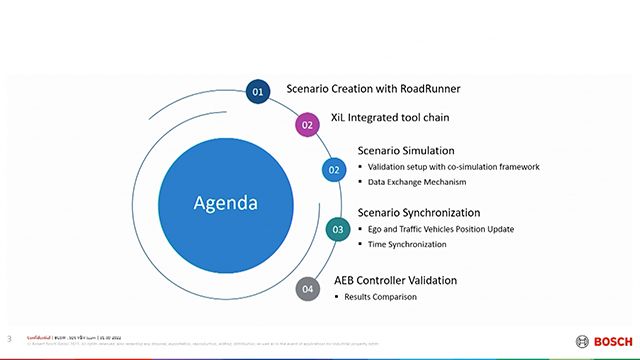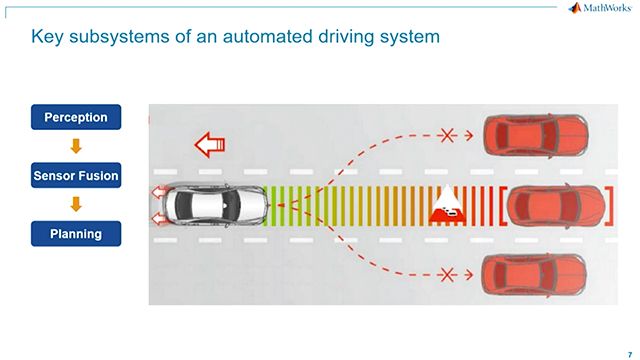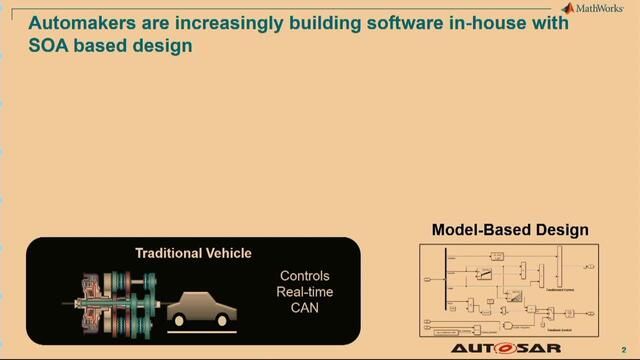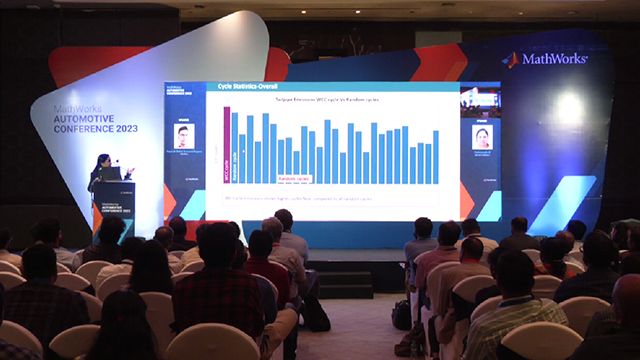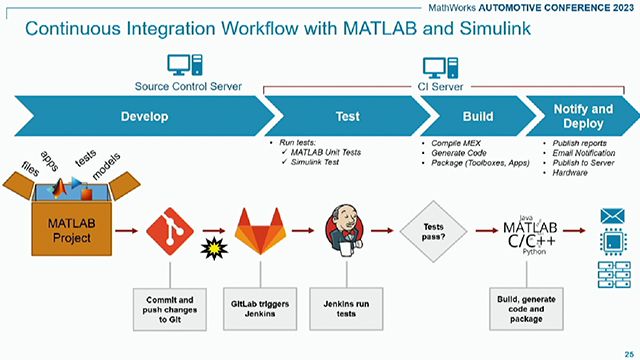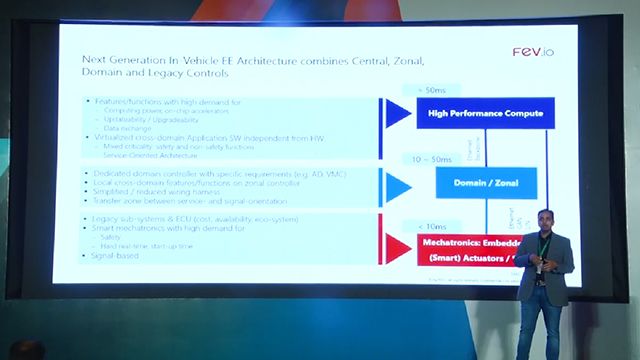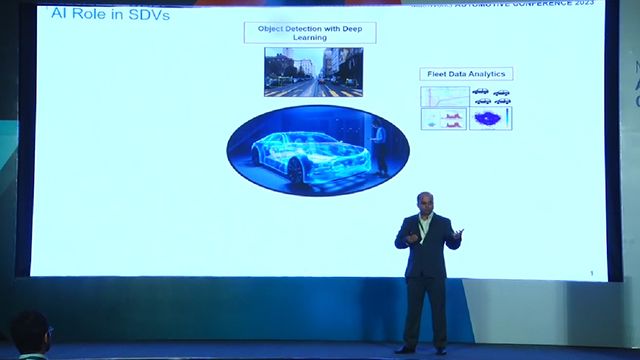Proceedings
Featured Presentations
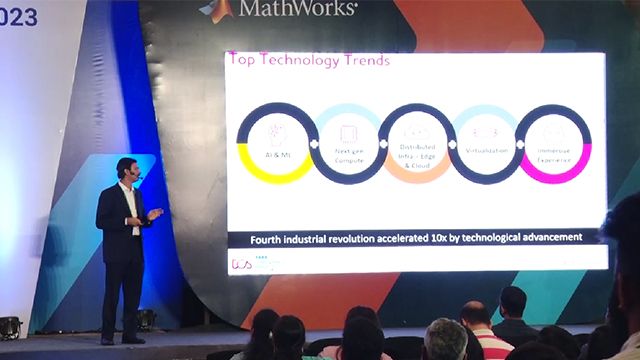
Keynote: Technology Strategies for Next-Gen Vehicles
Plenary
Keynote: Technology Strategies for Next-Gen Vehicles
Panel Discussion: The Transformative Journey of Software-Defined Vehicles with Model-Based Design
Aaswad Kulkarni, Tata Consultancy Services
Sivakumar Uppaluri, Volvo
Bhanu Prakash Padiri, Continental
Panel Discussion: The Transformative Journey of Software-Defined Vehicles with Model-Based Design
Bhupesh Tekade, Renault Nissan Technology & Business Center India
Hariharan Lakshminarayanan, Stellantis
Dr. Manaswini Rath, KPIT Technologies
Gerd Winkler, Vitesco Technologies
Electrification
Developing EV Components Using Virtualization and Scaling to the Cloud
Sree Varshini Bhattu Saraswathi, MathWorks
Machine Learning and Cloud for EV System Development
Optimizing Electric Powertrain Performance Through System-Level Modeling
Automated Driving
Closed-Loop Testing of ADAS Systems Using dSPACE RTPC with MATLAB and Simulink
Dr. Rishu Gupta, MathWorks
Chandni S Vijay, Tata Elxsi
Hari Priyadarshini A., Tata Elxsi
Open Simulation Interface ASAM OSI Using RoadRunner for ADAS ECU Validation
Naga Pemmaraju, MathWorks
Scenario-Based Cosimulation of Autonomous Systems Using RoadRunner and CarMaker
Munish Raj, MathWorks
Software-Defined Vehicles
AI Use Cases in Powertrain Development
Jayanth Balaji Avanashilingam, MathWorks
Master Class: Accelerating Development for Software-Defined Vehicles Using CI/CD
Rajat Arora, MathWorks
Vamshi Kumbham, MathWorks
Predictive Maintenance as Vehicles Become More Software Defined
Aditya Jain, TCS
Koustubh Shirke, MathWorks
